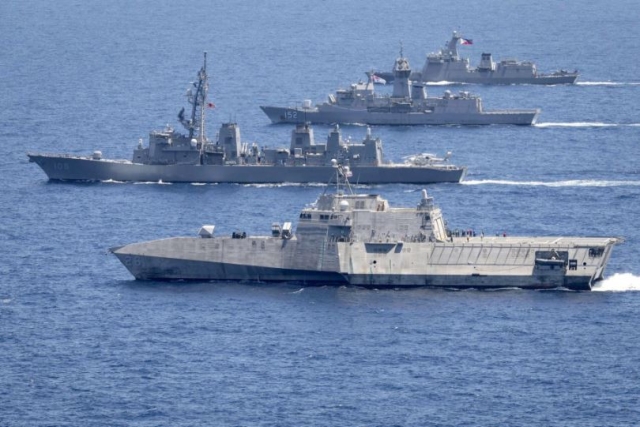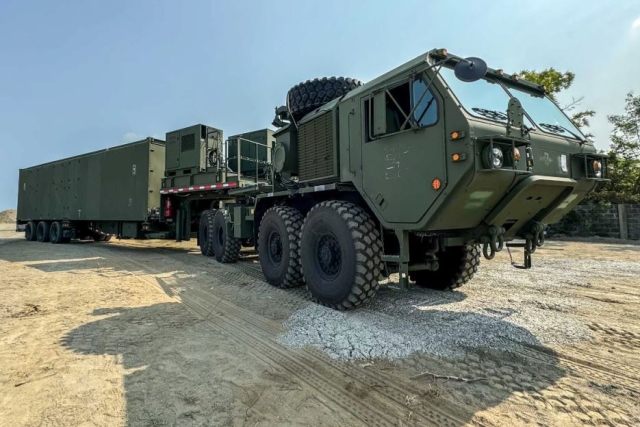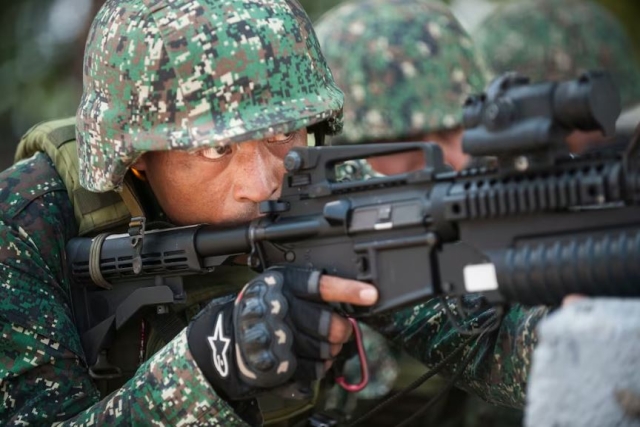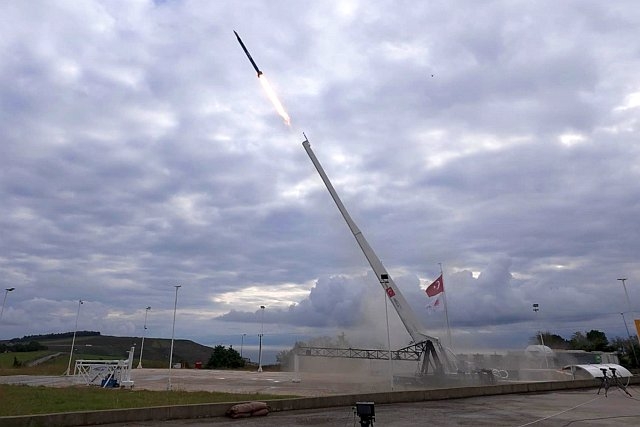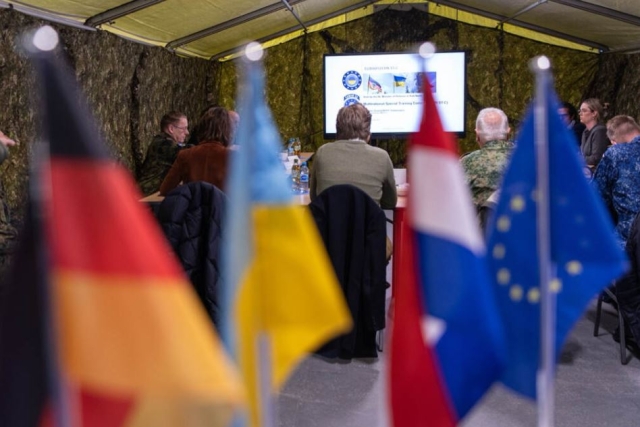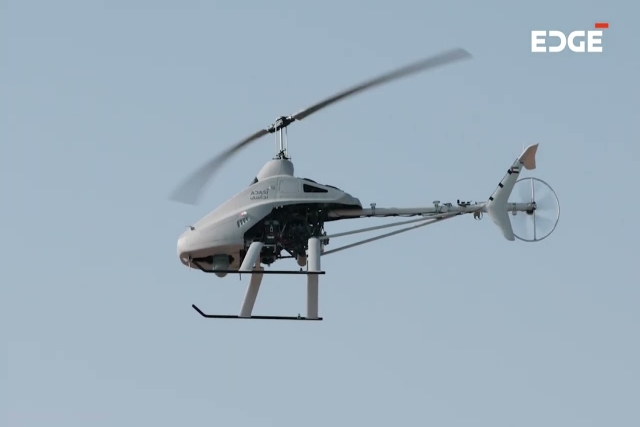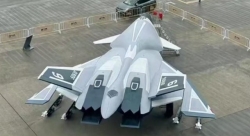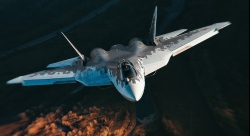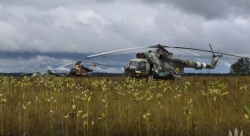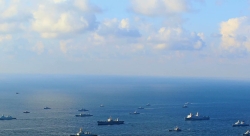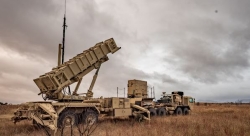Philippines, U.S. Sign Key Military Info-Sharing Deal that Should Worry China
Agreement enables exchange of classified defense information and technology
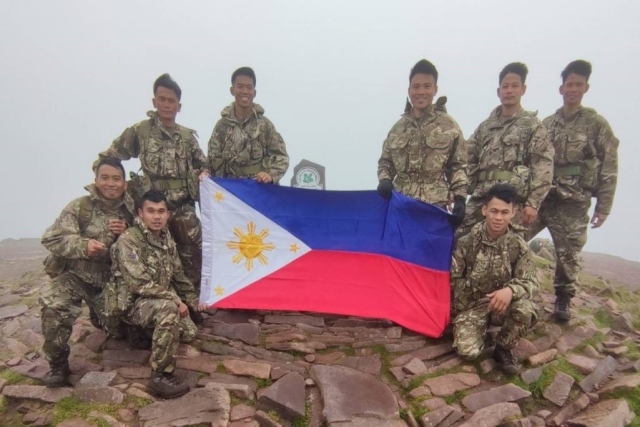
The Philippines and the U.S. have signed the General Security of Military Information Agreement (GSOMIA), a legally binding accord facilitating the secure exchange of classified military information and technology between the two nations.
Philippine Defense Secretary Gilberto C. Teodoro Jr. and former U.S. Defense Secretary Lloyd J. Austin III formally signed the agreement on Nov. 18, 2024, at the Armed Forces of the Philippines (AFP) Commissioned Officers’ Club in Manila.
The asset-sharing agreement, finally cemented on February 19 after years of arduous negotiations, is aimed at enhancing both nations’ military interoperability and paving the way for the availability and capacity to utilize more sophisticated defense capabilities, including access to higher-level intelligence and advanced weapons systems.
This could mean a big worry for China whose bullying tactics in the South China Sea will be opposed by a better armed and equipped Philippines Navy. In addition, information gathered by the Philippines about Chinese Naval and Air Force activities will be sent to the U.S.
GSOMIA would enable both sides to securely exchange sensitive information, strengthening mutual defense planning and operations.
The Philippine Department of National Defense (DND) highlighted that GSOMIA aligns with the 1951 Mutual Defense Treaty (MDT) and complements other defense pacts such as the Visiting Forces Agreement (VFA) and Enhanced Defense Cooperation Agreement (EDCA). The agreement is expected to facilitate access to high-level military capabilities and could pave the way for similar arrangements with allies like Japan and South Korea.
The signing coincided with the groundbreaking of a combined coordination center at Camp Aguinaldo to improve AFP-U.S. joint planning, intelligence sharing, and crisis response.
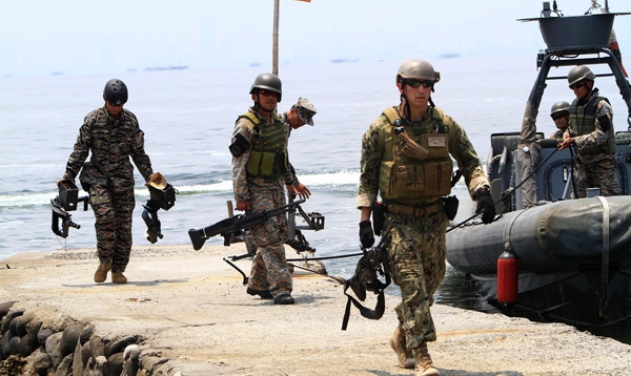
Philippine officials view GSOMIA as a crucial step in strengthening national defense, particularly amid maritime security challenges in the West Philippine Sea. The agreement, alongside EDCA and other defense initiatives, is expected to improve crisis response and humanitarian assistance coordination.
While the agreement has drawn regional attention, both nations stressed that it is not directed at any specific country but is focused on enhancing security, stability, and adherence to international law in the Indo-Pacific.
U.S.-China Relations and Regional Tensions
The U.S. appears to be balancing its commitments between the Philippines and its own strategic competition with China.
On Wednesday, U.S. President Donald Trump suggested a new trade deal with China to ease tensions but provided no details. The Trump administration has imposed a 10% tariff on Chinese imports over trade practices and fentanyl shipments. Despite tensions, Trump praised Chinese President Xi Jinping but gave no timeline for talks.
In January 2020, Trump brokered a trade deal with China, including commitments on intellectual property and $200 billion in U.S. goods purchases, but the COVID-19 pandemic disrupted it, worsening relations.
Meanwhile, the Philippines faces rising tensions with China over the South China Sea. On Feb. 18, a Chinese Navy helicopter flew within three meters of a Philippine aircraft near Scarborough Shoal. Manila continues asserting sovereignty despite China's activities in disputed waters.
This month, Australia, Japan, the Philippines, and the U.S. held a maritime security exercise in the Philippines' Exclusive Economic Zone. The drill followed Philippine President Ferdinand Marcos Jr.'s statement that he may remove a U.S. missile system if China halts its actions in the South China Sea. Maritime confrontations, arrests, and reports of Chinese harassment continue.

